
|
|
|
|
|
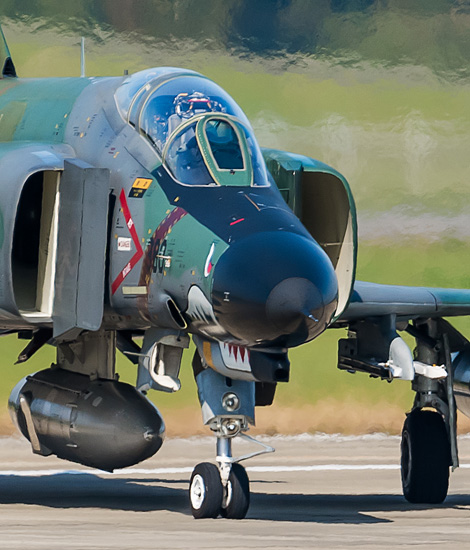
|
Japanese Photoreconnaissance Phantoms; Hyakuri, October 30, 2019
Japanese Samurai Phantoms, part 2; Text and Photograph's by Alex van Noye
The most colorful Phantoms in Japan are the photo reconnaissance aircraft of the 501 Hikotai. After more than 45 years in the service of the Japan Air Self Defense Force, the aircraft will be phased out at the in 2020. The tasks of this version of the legendary Phantom are taken over by the F-15J Eagle using SAR pods.
One of the most special units in the Japanese Air Force is the 501 Hikotai which is based on the Japanese airbase Hyakuri. This unit is the only Japanese squadron that flies with the photo reconnaissance variant of the McDonnell Douglas F-4 Phantom II. The history of the 501 Hikotai began in Matsushima on March 27, 1962. The unit was established here as part of the Air Reconnaissance Group and initially had more than ten RF-86F Sabres in its orbat. At that time, the Sabre was the primary fighter aircraft of the Japan Air Self Defense Force (JASDF). The Japanese Sabres are, like many other Japanese combat aircraft, built under license by Mitsubishi Heavy Industries. In total 501 Hikotai would fly with a total of eighteen RF-86F Sabres. The RF-86F was a modified version of the Japanese version of the Sabre. In the nose of the aircraft the weapons were removed to make space for the cameras which would be used for reconnaissance tasks. In August 1962, the 501 Hikotai was moved from Matsushima to Iruma. The unit also received a number of T-33As and a T-28B at this airbase. These aircraft were then used as base flight aircraft and were used for training and connections, among other things. The unit was moved in October 1974 from Iruma to today's Hyakuri. The squadron was equipped with the RF-4E Phantom II at this air base. The Tactical Reconnaissance Group would go through life for the first time under the name 501 Hikotai.
After the move to Hyakuri in 1974, a detachment remained on Iruma with the RF-86F Sabre. This would last until 1977, because then the Sabres were phased out and a part was handed over to the Koku Sotai Shireibu Hikotai (HQ Squadron). The 501 Hikotai received fourteen RF-4E Phantom II photo reconnaissance aircraft at Hyakuri. The remarkable thing about this aircraft is that the RF-4E is an unarmed aircraft which can only be used for reconnaissance tasks. There are three types of cameras in the nose of these aircraft; a vertical camera, a camera for low altitudes and a camera for
|
|
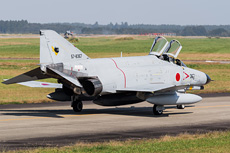
|
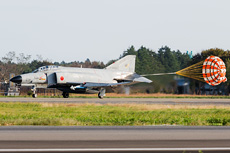
|
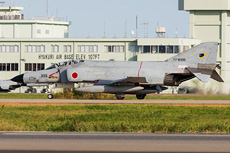
|
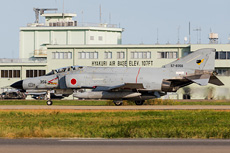
|
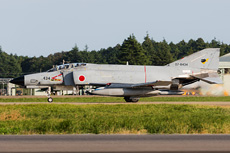
|
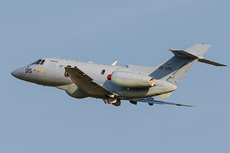
|
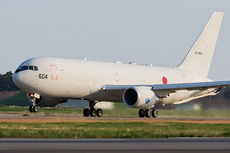
|
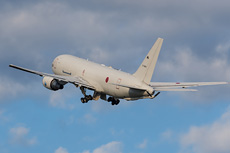
|
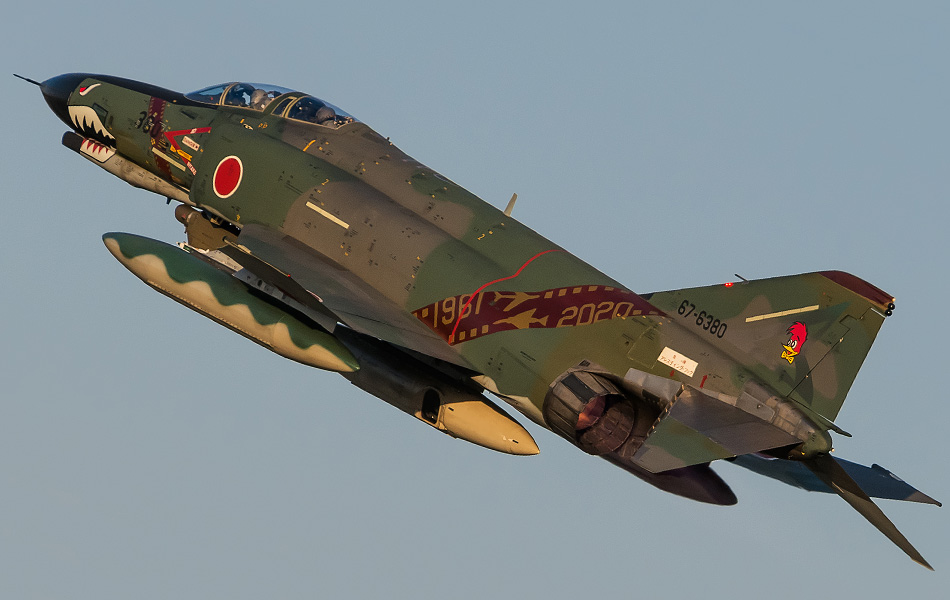
|
high altitudes. The photo reconnaissance aircraft of the Japanese Air Force are easily recognizable by the beautiful color schemes and the well-known "woodpecker" on the tail. The emblem of the 501 Hikotai is derived from the American cartoon character Woody Woodpecker. The woodpecker replaced the old emblem from the time of the RF-86F in which the woodpecker was wearing a bow tie and holding a telescope. Woody Woodpecker, however, still has his bow tie on the tail of the current RF-4Es. To provide the 501 Hikotai with more aircraft for photo reconnaissance tasks, a total of fifteen F-4EJ Phantoms were converted to a photo reconnaissance version. Seventeen F-4EJ aircraft were converted to the RF-4EJ Phantom II standard. In contrast to the standard RF-4E, this additional photo reconnaissance Phantoms did not receive a modified nose section. The cameras of these aircraft were worn in special camera pods which were placed under the centerline of the aircraft. These pods initially contained the same systems as in the original version of the RF-4E.
Just like the standard version of the Phantom the F-4EJ, the photo reconnaissance aircraft were also updated to a higher standard to make the planes suitable for future use. The standard versions of the Phantom were modernized from 1984 and only after more than eight years the first RF-4 Phantoms were up for an update. Of the original RF-4E Phantoms II aircraft, thirteen of the fourteen were modernized to the RF-4E Kai standard, one aircraft was lost in the years before the update. For the largest part, photo reconnaissance planes received the same upgrades as the standard version of the F-4EJ Phantom. The original RF-4E Phantom IIs have been modernized to the RF-4E Kai standard. The thirteen aircraft were equipped with an AN/APQ-172 TFR radar and the J/APR-2 RWR was replaced by the J/APR-5. Both systems were made in Japan. A part of the seventeen RF-4EJ photo reconnaissance aircraft were also converted to RF-4EJ Kai Standard. A total of eight aircraft were updated to this standard. The other aircraft were phased out at the JASDF shortly after the update phase. Although no internal cameras were mounted in the RF-4EJ, the aircraft were modernized according to the Kai standard. The installed systems in the pod were equipped with the TACER (electronic reconnaissance pod with data link), the TAC pod with KS-135A and KS-95B cameras, the D-500UR IR detection system and the LOROP pod with a KS-146B camera.
The current fleet of unarmed RF-4Es can perform air measurements and can photograph in all weather conditions. The aircraft can also operate at night with the help of the different cameras which are built into the nose of the aircraft or mounted with a pod under the fuselage. The 501 Hikotai reconnaissance squadron mostly flies defense missions around Japan. The unit also conducts damage investigations after natural disasters which occur frequently in a country like Japan. The RF-4Es were used in the past to investigate the Fukushima Daiichi nuclear power plant following the March 2011 earthquake and tsunami in northeastern Japan. The planes have also often helped identify houses affected by landslides following the Hokkaido earthquake in September 2019. The RF-4E and RF-4EJ are known for their exotic color schemes. The first is a green and brown scheme which is mostly applied to the RF-4EJ Kai. The RF-4E Kai is traditionally equipped with a green with beige color scheme. There are some RF-4E Phantoms painted in a blue color scheme that was applied on the occasion of the 50th anniversary of the JASDF. The Phantoms are all equipped with a shark mouth painted on the nose of the aircraft. At a number of Phantoms the well-known spook is painted at the intake, which belongs to this type of aircraft according to the legend. The Japanese RF-4s are, with these colorful schemes, airplanes that stand out well in every exercise or air show among the rest of the Japanese airplanes.
|
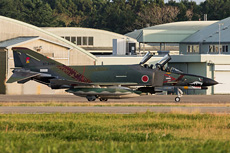
|
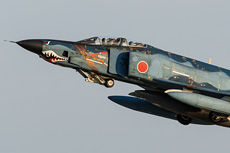
|
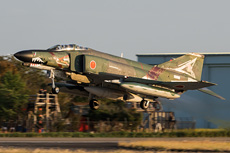
|
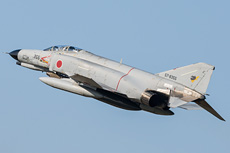
|
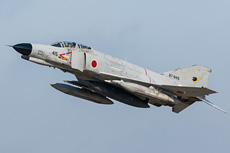
|
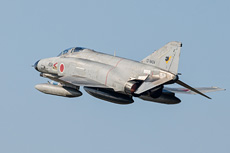
|
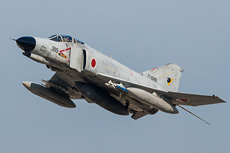
|
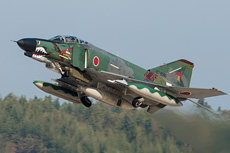
|
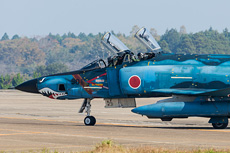
|
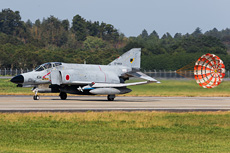
|
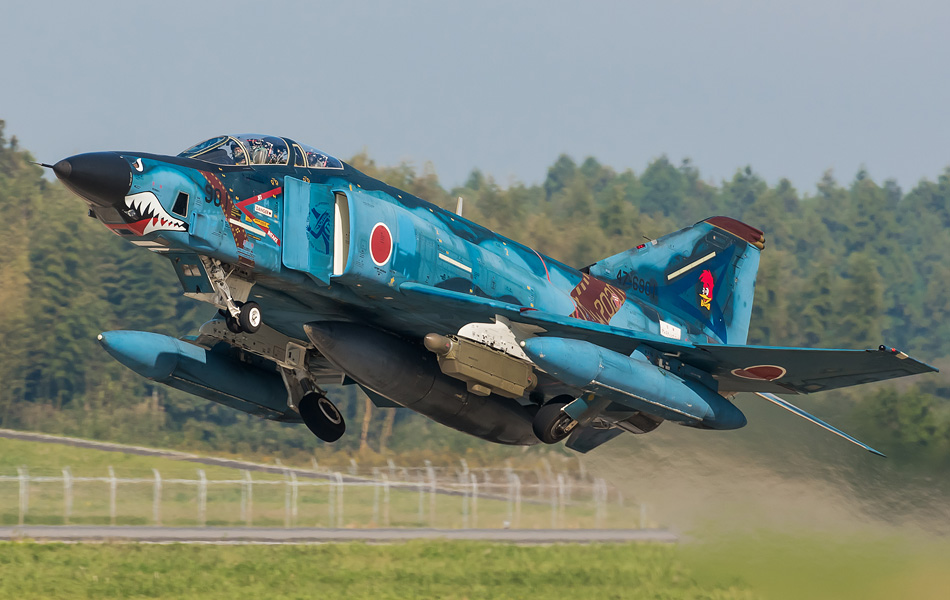
|
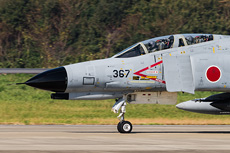
|
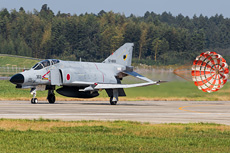
|
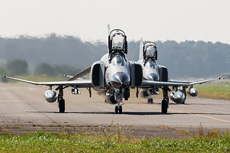
|
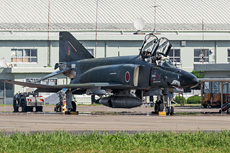
|
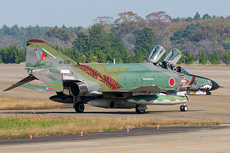
|
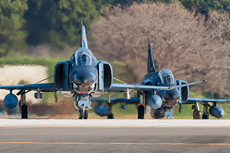
|
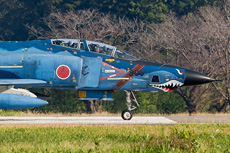
|
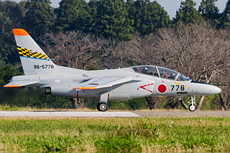
|
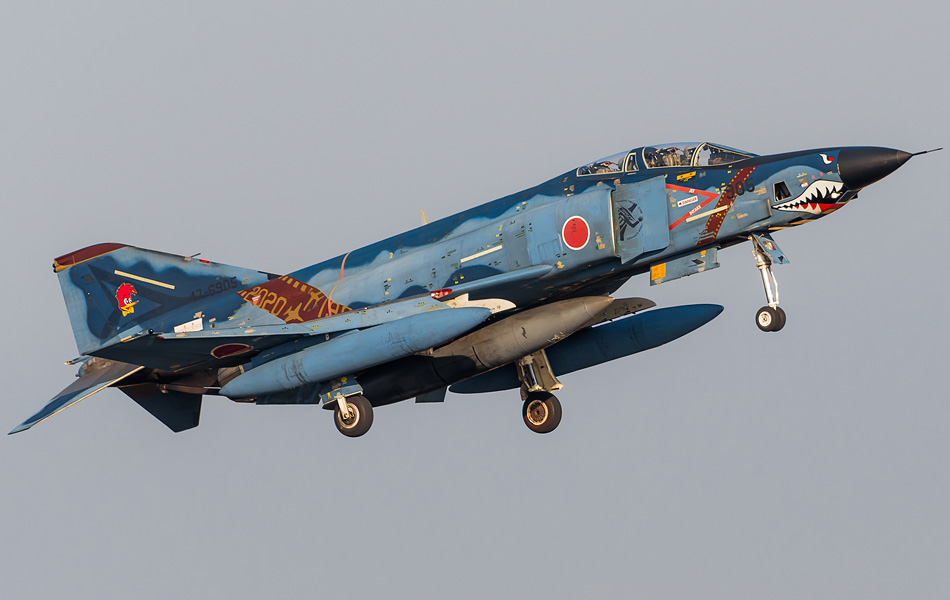
|
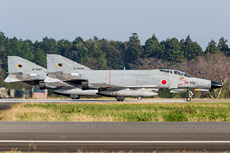
|
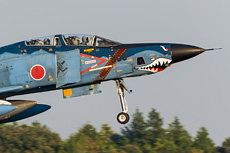
|
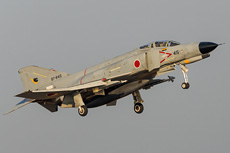
|
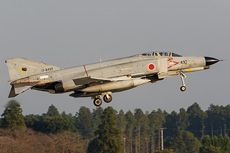
|
|
|

|







